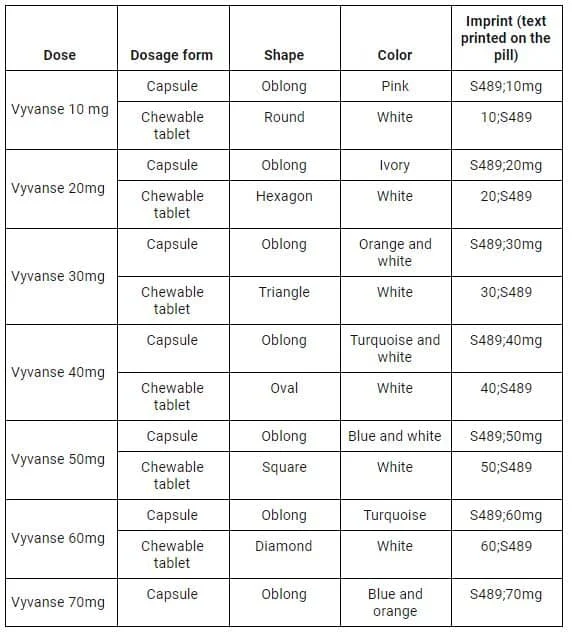As a Schedule II controlled substance, Vyvanse can be addictive, especially if you misuse the drug. Understanding Vyvanse is the first step to getting help.
Vyvanseis the brand name for the prescription stimulant lisdexamfetamine, which is classified as aSchedule IIcontrolled substance. This means that Vyvanse has a high potential for abuse, addiction and dependence. This is especially true when Vyvanse is abused for non-medical reasons.
Article at a Glance:
- Vyvanse, the brand name for lisdexamfetamine, is a Schedule II controlled substance often prescribed for attention-deficit hyperactivity disorder or binge eating disorder.
- Misuse is common and may increase the risk of addiction.
- Vyvanse increases the amount of the brain’s reward chemical, dopamine, which can set the stage for addiction.
Is Vyvanse Addictive?
As a Schedule II controlled substance, Vyvanse can be highly addictive. The drugincreases the amount of dopamine, a neurotransmitter in your brain. Dopamine is the brain’s feel-good chemical and helps to reinforce behaviors. Some people, primarily those with attention-deficit hyperactivity disorder, or ADHD,benefit from Vyvansebecause their brains do not make enough dopamine.
However, Vyvanse can be dangerous if you take more than prescribed or if you take it for non-medical reasons. Stimulants like Vyvanse arefrequently abused by college studentsseeking to enhance their concentration and use it recreationally.
As a long-acting stimulant, Vyvanse isless prone to abusethan shorter-acting stimulants. Addiction ismost likelyto occur if you misuse Vyvanse or take it when it hasn’t been prescribed to you.
Ready to Break Free From Addiction?
If you’re seeking help for yourself or a loved one, our expert team is here to guide you every step of the way. Don’t wait—start your journey to recovery today.
What Does Vyvanse Look Like?
Currently, Vyvanse is available as a brand-name drug only. It only has one manufacturer, so it’s easier to identify than a generic drug, which may have many manufacturers. Vyvanse comes in a capsule and chewable tablet dosage form, which can be identified asfollows:

How is Vyvanse Prescribed?
Because Vyvanse is aSchedule IIcontrolled substance, doctors and pharmacies are heavily regulated in how they can prescribe and dispense the drug. According to federal law, doctors arenot allowed to prescribe refills on Schedule II drugslike Vyvanse and must write a new prescription every time they are needed. Individual states may have more restrictive laws. For example,some states limitthe supply of Vyvanse that a doctor can prescribe.
What is Vyvanse Used For?
Vyvanse is FDA-approved to treat ADHD and binge eating disorder. In ADHD, Vyvansehas been shownto improve both hyperactive/impulsive and inattentive symptoms in adults and children as young as six years old. For someone dealing with binge eating disorder, Vyvanse canreducethe number of binge days per week that they experience.
When people misuse Vyvanse, it isoften abusedto stay awake, study or focus on work. In addition to a risk of addiction, abusing Vyvanse haslong-term effects, including mental health issues, heart problems, malnourishment and organ damage.
Know the Signs of Vyvanse Addiction
Signs of Vyvanse abuse can emerge when a person begins to struggle with Vyvanse. Some symptomsinclude:
- Social withdrawal
- Excessive time spent with new friends
- Mood swings, including irritability and reckless behavior
- Changes in sleep habits
- Missed appointments or deadlines
- Problems at work, school or with the law
Physical and behavioralsigns and symptomsmay also be linked to Vyvanse addiction like sweating, dilated pupils, loss of appetite and experiencing a crash after a Vyvanse high.
If you or someone you love is struggling with their Vyvanse use, help is available.Contact The Recovery Villageto discuss customized treatment plans for your Vyvanse addiction and anyco-occurring mental health conditions.








